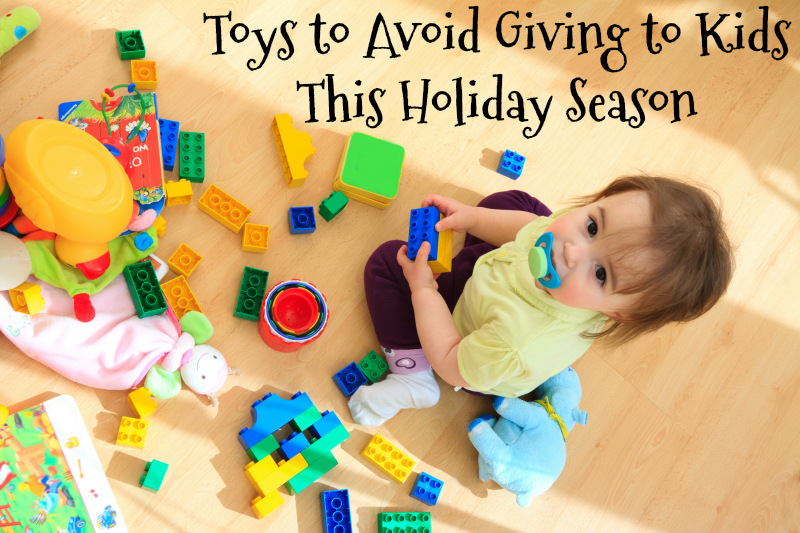Still racking your brain over what toys to give your kid/s this upcoming holiday season? As parents, we look forward to seeing our children’s face light up at the sight of the new toy after unwrapping their presents, but before you start buying toys, physicians note that safety should be at the top of our shopping list.
Toys with choking or strangulation hazard
Toys with small parts generally pose a choking hazard for young children. If your child spends a large amount of time playing unsupervised, never buy them toys that bear this warning. Government regulations specify that toys for children under the age of 3 shouldn’t have parts less than 11/4 inches in diameter and 2 ¼ inches long.
Avoid magnetic toys, which can be swallowed by young children. Pull toys with strings that are more than 12 inches can lead to strangulation hazard for babies and toddlers and should be avoided, if not, supervised play is highly essential.
Toys with possible high lead or toxic content
Brightly painted toys (plastic, metals, and some woods) in Pacific Rim origins, particularly China should be bought with caution because of lead paint dangers. You should avoid brightly coloured plastic toys created by using moulds, which have been an issue in previous years. Children mouthing the toys extensively can get lead poisoning, which can lead to irreversible neurological damage.
Pottery or ceramic toys made outside Australia, U.S., and Europe should also be avoided because of lead issues. If children drink tea from a ceramic tea set, for instance, the lead from the ceramic can leach into the tea. Mexican pottery, for instance, has tested for dangerous levels of lead. Soft vinyl toys can also contain toxins, including lead.
All jewellery, particularly metal jewelry, for children of all ages are not recommended. Many jewellery pieces, even some marked “lead-free” – have been known to contain high amounts of lead. Avoid items that contain “phthalates,” or chemicals, such as xylene, toluene, dibutyl phthalate, and benzene, which may cause health problems in children.
Age-unappropriated toys. Toys intended for older children has the potential to harm younger ones. All educational toys in Australia and other countries bear age information on the toy package. Take note that older children playing with toys intended for younger ones can injure themselves when out of boredom, they seek unintended use of the toy/s.
The great news is that there are plenty of safe toys widely available both here and abroad. Take note that oftentimes, those with somewhat higher price means better and safer quality.
End Note
But what can you do if your child is waiting for a specific toy, which according to this article and your know-how poses a danger? Experts say that the best course of action is to simply tell kids the truth — that the toy they want can hurt them. Use the opportunity to educate and suggest others, or just ask your kid for the other item on their wish-list.
Experts caution that parents should pay close attention to warning labels, which mean the toy can pose a certain health risk to your children. Also, do not be deceived by manufacturer’s labels, which are marketing tactics and may not always be factual. This includes “lead-free” and “toxic-free,” among others.
